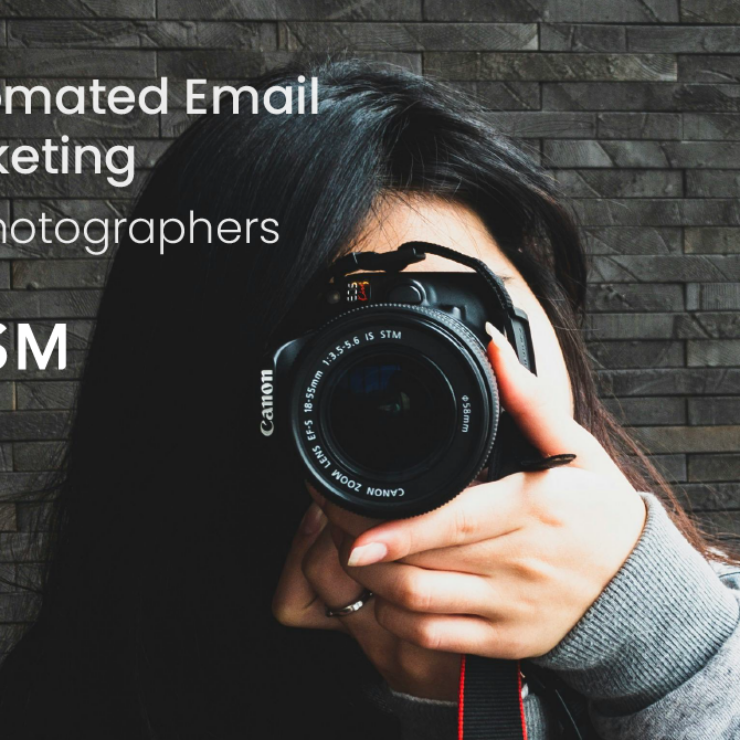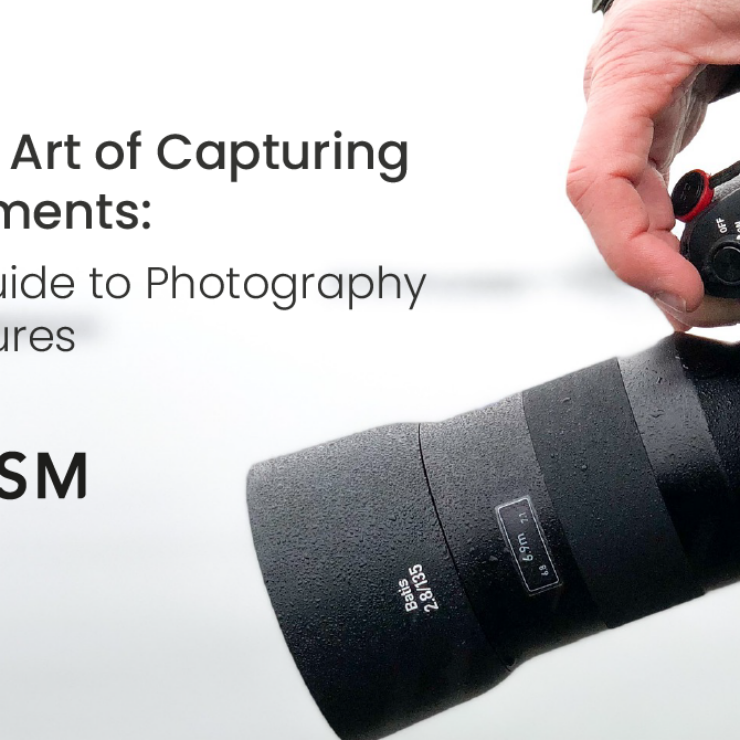“Boost your marketing with online photos. Learn tips for optimizing visuals and managing images using Essential Studio Manager.”
In today’s digital landscape, online photos are more than just visuals; they’re powerful tools that can transform your marketing efforts. Whether you are an entrepreneur, a small business owner, or a marketing professional, harnessing the potential of online photos can significantly enhance your brand’s visibility and impact.
The Importance of Photos in Online Marketing

Visual content is crucial in capturing attention. With the rapid scroll-through behavior of most users on social media and websites, a compelling photo can stop a potential customer in their tracks. But why are photos so effective?
- Instant Connection: Photos create an immediate connection with the audience. A well-chosen image can evoke emotions, tell a story, or communicate a message far quicker than text.
- Enhanced Engagement: Online content with photos receives significantly higher engagement. Posts with photos receive more likes, shares, and comments than those without.
- Brand Recognition: Consistent use of specific styles, colors, and themes in photos can reinforce your brand identity, making it easier for customers to recognize and remember your brand.
How to Take Advantage of Online Photos in Marketing

To fully leverage the potential of photos in your online marketing strategy, consider these practical steps:
1. Use High-Quality Images
Quality matters. Blurry or poorly lit photos can harm your brand’s image. Invest in a good camera or hire a professional photographer to ensure every image you use is sharp, well-composed, and visually appealing. Stock photo websites also offer a vast selection of high-quality images that can be used if professional photography isn’t an option.
2. Tailor Photos to Your Audience
Understand your target audience and choose photos that resonate with them. For example, if your audience is young and trendy, use vibrant and dynamic images. If your audience is more professional, opt for clean, polished, and sophisticated visuals.
3. Optimize for Search Engines
Search engine optimization (SEO) isn’t just for text. Optimizing your photos can also improve your website’s search engine ranking. Use descriptive file names, alt text, and captions to help search engines understand the content of your images. This practice also makes your site more accessible to users with visual impairments.
4. Consistency is Key
Maintain a consistent style across all your online photos. This includes color schemes, filters, and composition. Consistency reinforces your brand identity and makes your content instantly recognizable. Tools like Essential Studio Manager can help streamline your creative process, ensuring your photos align with your brand guidelines.
5. Leverage Social Media
Social media platforms are visual by nature, making them the perfect venue for showcasing your photos. Instagram, Facebook, and Pinterest are particularly effective for sharing images that engage your audience. Use these platforms to their full potential by posting regularly, using relevant hashtags, and engaging with your followers through comments and direct messages.
6. A/B Testing
Don’t be afraid to experiment. A/B testing can help you determine which types of photos resonate most with your audience. Try different images, layouts, and styles to see what drives the best results. This data-driven approach ensures that your photos aren’t just attractive and effective in achieving your marketing goals.
Utilizing Essential Studio Manager for Efficient Photo Management

Managing many photos can be overwhelming, especially when maintaining consistency across various platforms. This is where Essential Studio Manager comes into play.
Essential Studio Manager is a comprehensive tool for photographers, creatives, and businesses. It simplifies managing and organizing photos, making it easier to ensure that your visuals are always on brand. With features like client management, invoicing, and scheduling, this tool goes beyond simple photo storage, offering a full suite of options to manage your creative assets efficiently.
By using Essential Studio Manager, you can streamline your workflow and ensure that every photo you publish online is consistent, high-quality, and in line with your marketing strategy.
The Role of Photos in Storytelling
Photos aren’t just about aesthetics; they’re powerful storytelling tools. A single image can convey a narrative, evoke emotions, and connect with your audience more deeply.
1. Visual Narratives
Craft a story through your photos. A series of well-chosen images can take your audience on a journey, whether showcasing a product, sharing a customer testimonial, or highlighting a behind-the-scenes moment.
2. Humanize Your Brand
Photos of real people, whether it’s your team, your customers, or yourself, can humanize your brand. These images help to build trust and create a personal connection with your audience.
3. Showcase Products in Use
Rather than just showing your products, use photos to demonstrate them in action. This approach not only highlights the features of your products but also helps potential customers envision how they can benefit from them.
Challenges and Solutions in Using Online Photos
While photos offer tremendous benefits, businesses face challenges when incorporating them into marketing strategies. Here are some common obstacles and how to overcome them:
1. Copyright Issues
Using photos without proper rights can lead to legal issues. Always ensure that you have the right to use an image. This can be through purchasing stock photos, hiring a photographer, or creating your images.
2. Overuse of Stock Photos
Stock photos are convenient, but overusing them can make your brand feel generic. To avoid this, mix stock photos with original content. Personalized images resonate more with audiences and give your brand a unique touch.
3. Image Load Times
High-quality images can sometimes lead to slow website loading, which can frustrate users and hurt your SEO. To counter this, optimize your images by compressing them without losing quality and using the correct file formats.
Conclusion
Online photos are a vital component of any successful marketing strategy. They do more than just decorate your website or social media pages; they communicate your brand’s story, engage your audience, and drive conversions. By understanding the importance of high-quality visuals, maintaining consistency, and using tools like Essential Studio Manager to streamline your process, you can ensure that your photos work effectively for your business.
Incorporate these strategies into your marketing plan today, and watch as your online presence transforms from ordinary to extraordinary. Whether showcasing your products, telling your brand’s story, or simply engaging with your audience, the right photos can make all the difference. Start leveraging the power of online photos and see the impact they can have on your business growth.
Remember, in the fast-paced world of online marketing, every image counts. Make yours matter.
FAQs: Online Photos for Marketing
Q: Why are photos so important in online marketing?
A: Photos capture attention quickly and effectively. They enhance engagement, improve brand recognition, and help communicate your message more powerfully than text alone.
Q: How can I ensure my photos are optimized for SEO?
A: Use descriptive file names, add alt text, and include captions. These elements help search engines understand the content of your photos, improving your site’s ranking.
Q: What are the best platforms for sharing photos online?
A: Social media platforms like Instagram, Facebook, and Pinterest are ideal for sharing photos. These platforms are highly visual and encourage user interaction with your content.
Q: How can Essential Studio Manager help with my photo management?
A: Essential Studio Manager offers a range of tools for organizing, managing, and publishing photos. It helps ensure consistency across your visuals and streamlines the creative process.
Q: What if I don’t have a budget for professional photography?
A: Many high-quality stock photo sites offer affordable images. Additionally, learning basic photography skills can help you create your images without needing a professional.
Q: How can I avoid overusing stock photos?
A: Mix stock photos with original content. Personalized images make your brand feel more unique and authentic.
Q: What should I do if my website loads slowly due to large image files?
A: Optimize your images by compressing them, choosing the right file formats, and using responsive design techniques to ensure they load quickly without sacrificing quality.




